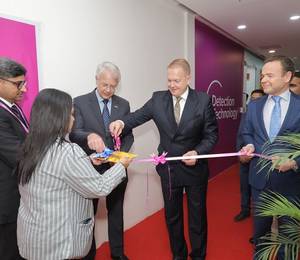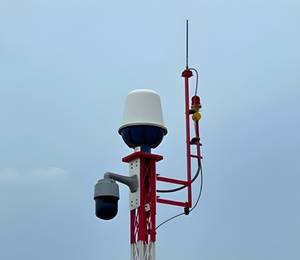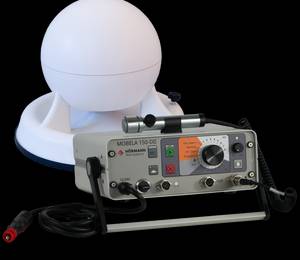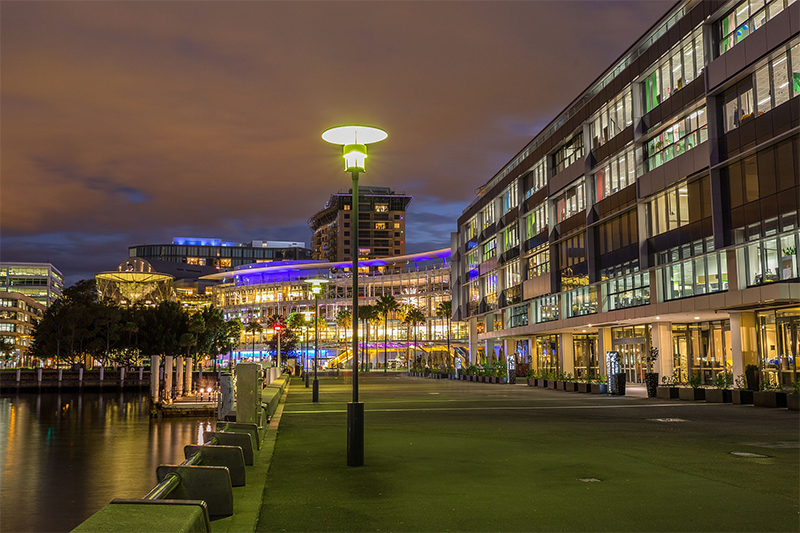The cost of Internet of Things (IoT) sensors has fallen remarkably over the past decade, heralding new possibilities of a renewed push for smart cities. With worldwide spending on IoT predicted to surpass the US$1 trillion mark by 2020, this has increasingly attracted attention in various sectors.
This is happening even as there is a strong push towards smart cities, as demonstrated in the recent piloting of Smart Cities Network by 26 ASEAN cities. As a result, more cities are looking towards developing more in-depth frameworks to improve the lives of citizens through the use of technology such as IoT solutions.
This development opens up an abundance of opportunities for governments and businesses to drive efficiency and realise better quality of life for citizens through the implementing of Smart Cities initiatives such as smart street lighting.
Cities of tomorrow
Connectivity is a fundamental aspect of a smart city. However implementing a smart network nationwide is a challenge. One possible answer: street lamps. With the number of streetlights set to grow to 363 million globally by 2027, it makes sense to consider this as a platform to kick start the smart city network. Street lamps are typically dotted at a walking distance from each other. This makes them viable as the components for creating a network built on existing street lighting infrastructure (by affixing smart sensors on street lamps) instead of constructing a smart network from scratch.
The incorporating of IoT sensors in smart streetlights allows citizens to enjoy benefits like:
• Environmental data in real time: Sensors built into streetlights can be configured to monitor real-time environmental factors such as air quality, UV ray levels and noise levels. The monitoring can be done for specific locations or citywide.
• Accurate traffic information: Traffic sensors in street lighting are able to provide precise updates on traffic flow and congestion levels.
• Smart parking and metering: A variety of sensors can be used to track parking lots availability and keep records of fee collection and occupants’ vehicle information.
• Public Wi-Fi access and HD video surveillance network: High bandwidth wireless networks are able to provide citizens with citywide Wi-Fi access. High bandwidth wireless networks can also match the bandwidth requirements of HD videos and GPS for emergency response.
These solutions deliver important information to both governments and citizens in real time. This better equips them to solve everyday issues, resulting in improvements in citizens’ daily lives.
Furthermore, governments and businesses can utilise the data to tackle issues such as public safety and traffic congestion and to enhance emergency response. For instance, the transmitted data from the HD video surveillance could be used to aid emergency units to remotely identify a casualty among the crowd using facial recognition technology.
Integration and interoperability
While governments and city planners are aware of the benefits of a smart sensor network, many face challenges in implementing such a network, particularly in the areas of integration of solutions and interoperability. This is mainly due to the myriad of technologies and solutions involved in such a network.
To ensure an optimal outcome, both private and public parties need to work together to bring in the right set of capabilities. These partnerships can further unlock new innovations and opportunities such as the extended use of street lamps for smart networks. This will ensure that the smart cities do not end up turning into a mix of mini ecosystems that will only work in silos.
Aside from public-private partnerships, governments also play a role when it comes to implementing regulations and policies within a smart city. The regulations and policies ensure that the goals of the smart initiatives will be met. They also eliminate misuse.
Take the case of smart parking solutions. For smart parking, sensors are embedded in or on top of pavements to collect data such as parking lots availability and vehicles’ parking duration for automatic charging. This automates processes and reduces manpower requirements. Regulations then have to be imposed to prevent misuse such as illegal parking and to ensure that parking authorities are still in full control of the parking situation despite reduced physical surveillance.
Privacy and data hacks
While great strides have been made in smart city developments, data privacy and cyberattacks are still a key concern. Smart cities initiatives tend to focus solely on the implementation of the solutions and overlook the aspect of cybersecurity. With the continual increase in the complexity of cyberthreats, it is even more important now to prioritise cybersecurity in smart cities planning – particularly in the case of smart streetlights and sensors that are in the public space.
As cities continue their push towards being a smart city, we look forward to more possibilities beyond the horizon. There is one caveat: greater involvement of stakeholders will be essential to drive innovation and collaboration.
For all we know, the springboard to smart cities could very well be right under our noses – with something as simple as a street lamp.
Yao Shih Jih is General Manager of ST Electronics (Info-Comm Systems)











